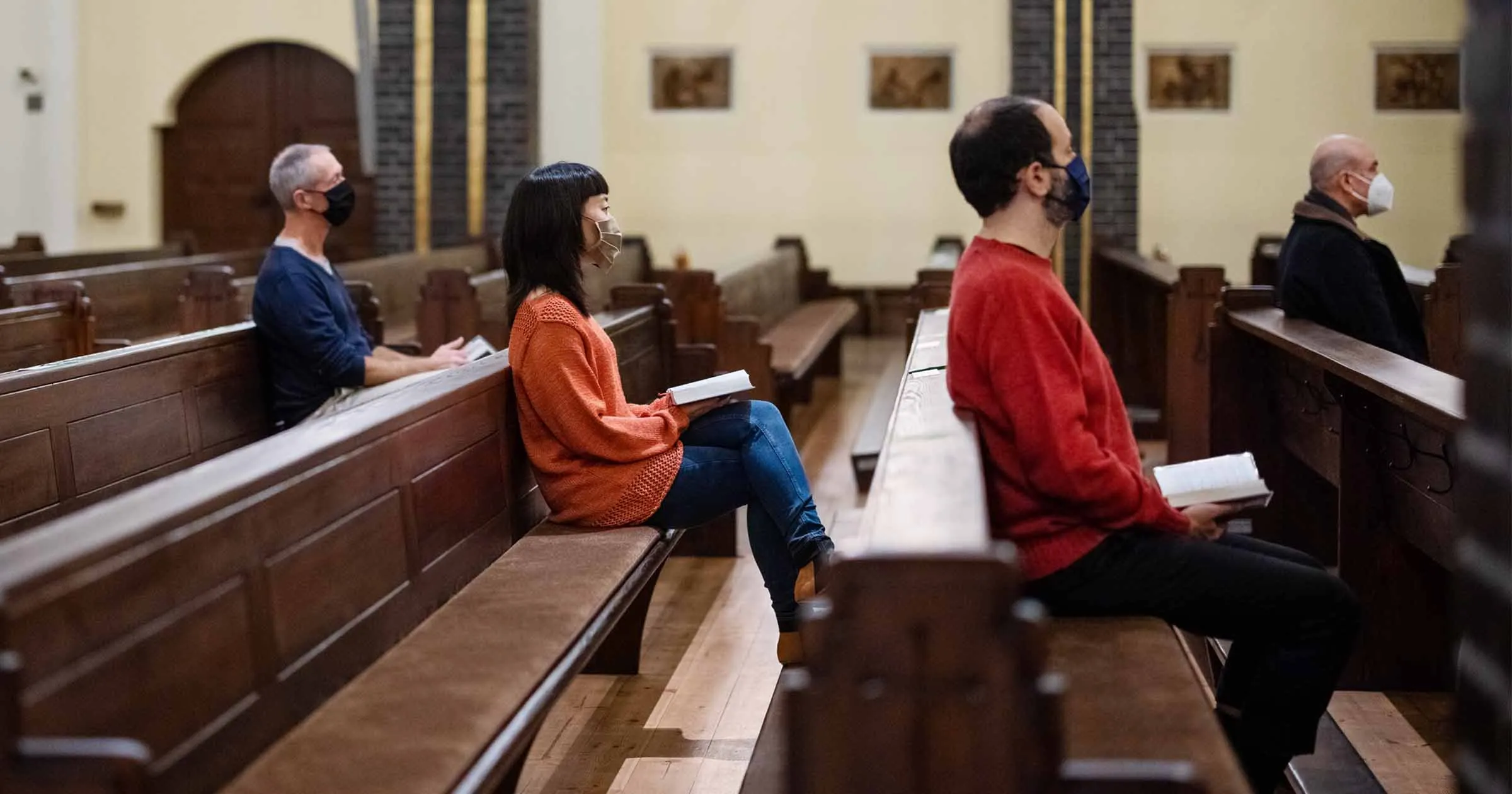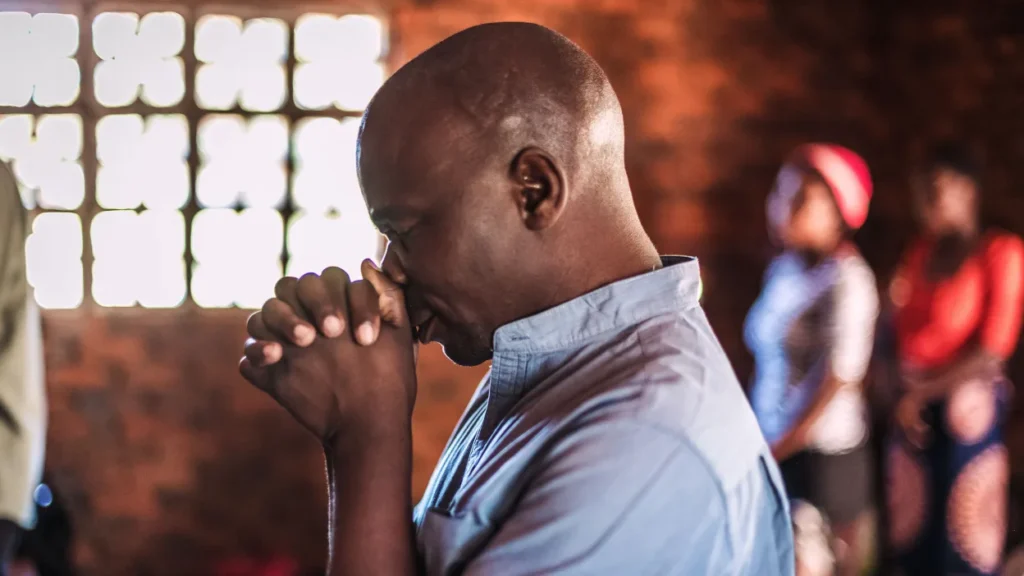Introduction
The Uk is going through an interesting trend, and we are seeing an unexpected trend. The 2021 Census for England and Wales revealed a shocking shift in the number of people choosing to affiliate with a religion. Essentially, less than half of the population identified as a Christian, for the first time in Census history.
But first, what is the Census?
The census is a nationwide survey conducted every 10 years by the Office for National Statistics (ONS) in the UK. It works as an online questionnaire, with the aim being to collect detailed information about the population. This includes age, gender, ethnicity, religion, education, employment and housing.
But why you may ask. The government publishes and shares the data, helping councils and organizations plan public services and allocate funding where it’s clearly needed. The 2021 was the most recent, and showcased cultural, social and demographic changes within the population. The next census is due to take place in 2031.
Census found Christianity is no longer the leading religion
Well the most noticeable finding is the decline in Christianity. The amount of citizens in the UK that identify themselves as Christians has fallen below 50%. This has marked a drastic decrease from previous census data. The 2011 Census reported that 59.3% of the population identified as christians. But a decade later a 13% drop has occurred, with only 46.2% now identifying.
Christianity is still the most popularly reported religion, however the 2021 has marked a historic change, Because for the first time ever, it no longer accounts for the majority of the population. Factors such as generational shift in views, a move away from institutional religion, and the modernization of secular and humanist views.

Increase in non-religion association
At the same time, more people have reported that they do not associate with any religion. So it’s fair to say that over the past decade, we have seen a shift towards secularism.
The 2021 census reported that 37.2% of the population ticked ‘no religion.’ This is over a 10% increase from the 2011 census, which saw 25.7% of the population. As a result, this group is now the second-largest religious category. Within some age groups and regions, it’s reported to be the largest.
The increase of non-religious affiliation is particularly dominant within the younger generations. People under the age of 40 are way more likely to identify as non-religious compared to the older age groups. It has been suggested that the reason behind this shift is due to a change in cultural norms over the past 10 years. Additionally, more information on secularism, as well as a move away from traditional religion plays a huge role.
Growth in Religious Diversity
In addition to the decline in Christianity and the rise in non-religious affiliation, the 2021 census also reported an increase in affiliation to other religious groups. This is mainly due immigration, changing the ethnic and cultural makeup of the UK. With this, there has been a general acceptance of alternative spiritual practices.
Furthermore, Islan is now the second most common religion in England and Wales. It accounts for 6.5% of the population, as opposed to the 4.9% reported in 2011. Additionally, Hinduism, Sikhism, Judaism and Buddhism have also shown minimal increase. But for the most part have remained relatively stable.
Smaller religions and spiritual practices, including paganism, Wicca and Shamanism have also displayed an increase. In particular, Shamanism grew from 650 people in 2011, to over 8,000 people in 2021.

Difference in Regions
Additionally, alongside these historical changes we have witnessed, the census data also reported differences depending on location. Urban cities such as London, Manchester, Birmingham and Leicster. People from diverse ethnic backgrounds make up a significant portion of the population. As a result, different ethnicities, cultures, and traditions shape society, leading to greater religious diversity.
However, the census revealed regions such as South West and Wales have higher percentages of people with no religion. For example Brighton, Norich and parts of Wales non-religious population has exceeded 50%.
Conclusion
To conclude, the UK is not as religious as it used to be. Christianity, the most dominant religion in the country is declining, whilst non-religious affiliation is becoming more popular. Additionally, other religious groups are also showing slight increases. It’ll be interesting to see what the 2031 census reports.
Thank you for reading, click the link to read more of our Most Recent articles




Leave a Reply
You must be logged in to post a comment.